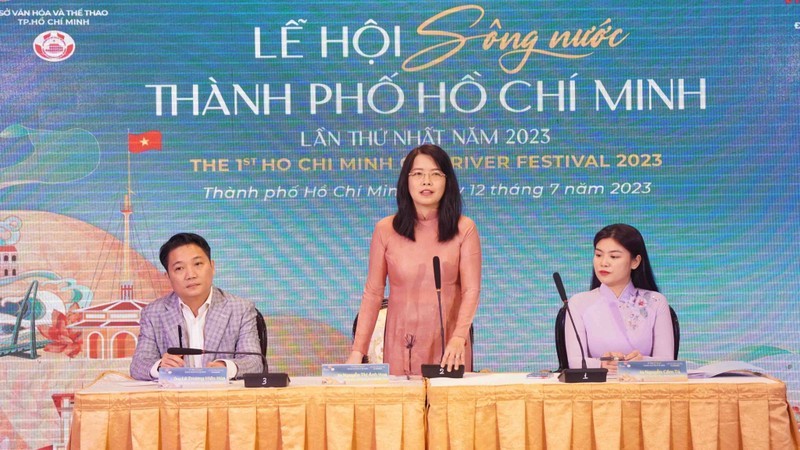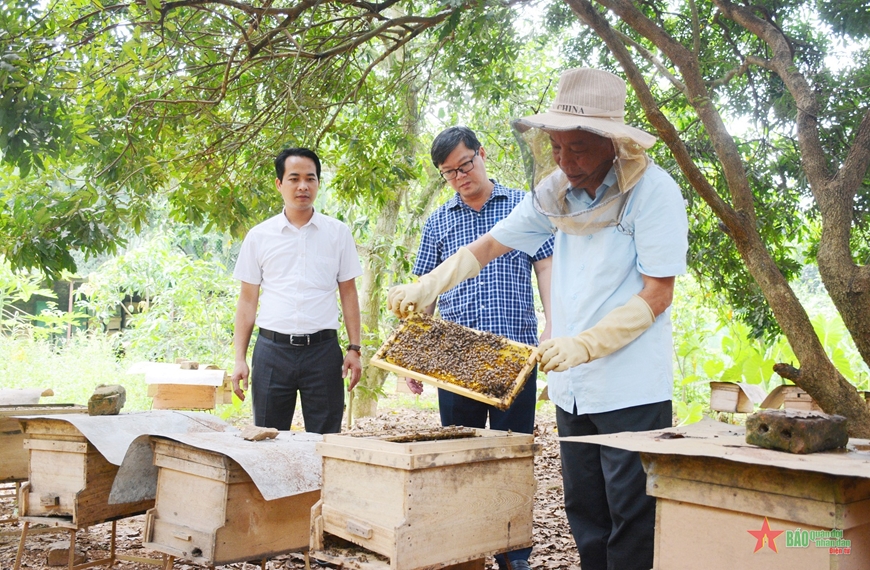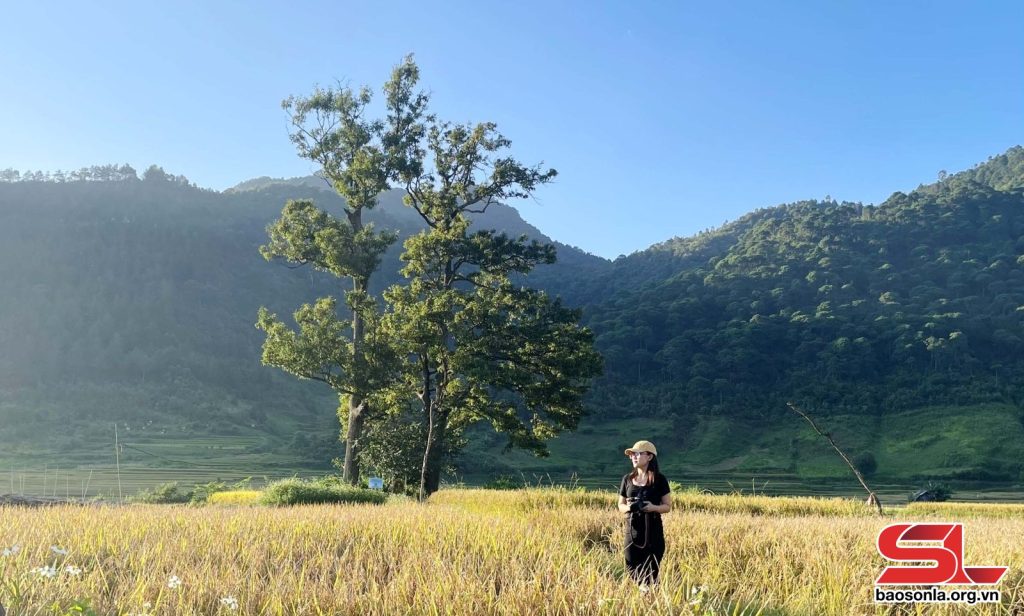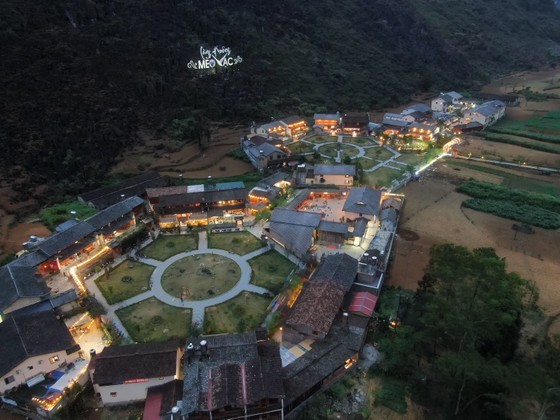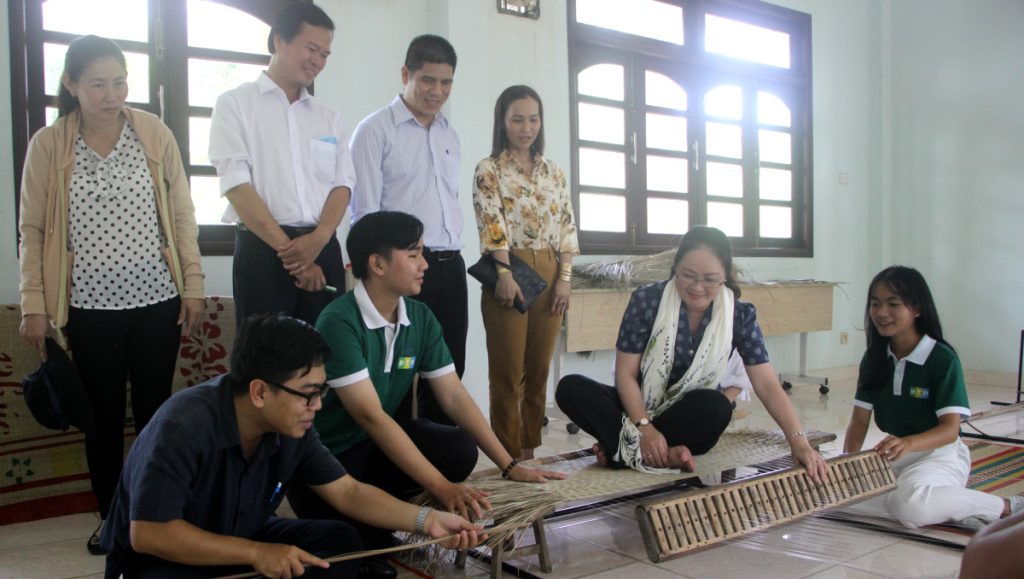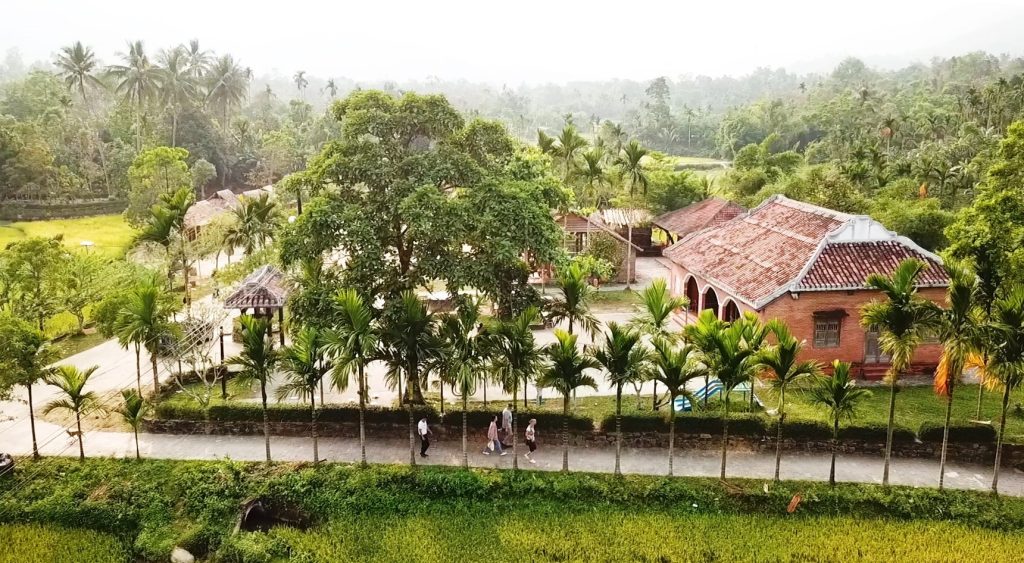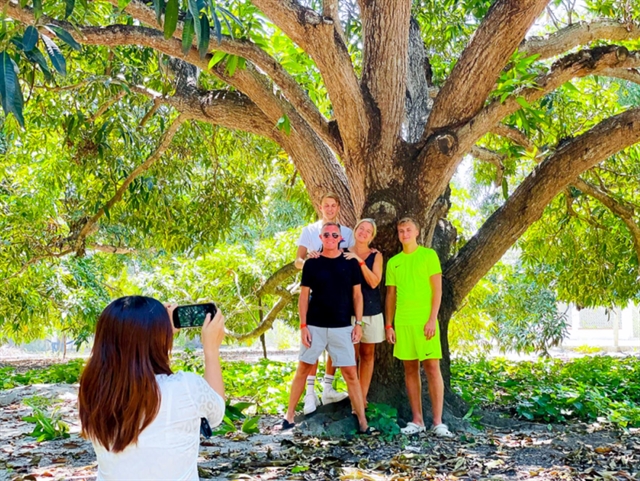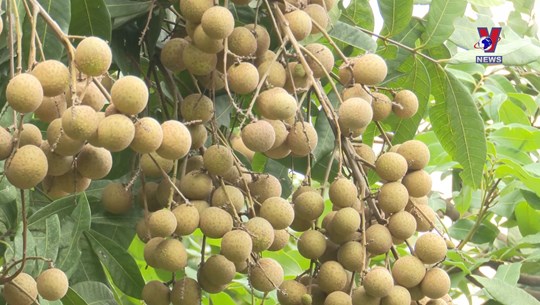(TITC) – In the bustling heart of Ho Chi Minh City, where skyscrapers and modern buildings rise high into the sky, lies a place of serenity and reverence that carries the spirit of Hue’s royal architecture: Lang Ong Ba Chieu. This historic site is not only the resting place of General Le Van Duyet, one of the most respected military figures of the Nguyen dynasty, but also a remarkable architectural landmark that echoes the grandeur of Vietnam’s imperial past.
A sacred space with “royal soul”
Built in 1844, the mausoleum complex spans more than 18,500 square meters. It is located on an elevated mound shaped like a turtle’s back; a form considered highly auspicious in Vietnamese geomancy. Surrounded by lush greenery, the site radiates tranquility despite being in the middle of a bustling metropolis.
The complex features four gates, the most striking of which is the Tam Quan Gate on Vu Tung Street. Its curved roof covered with green glazed tiles, vivid yellow walls, and intricate carvings immediately remind visitors of Hue’s imperial palaces. The gate’s three archways symbolize Heaven, Earth, and Humanity. Above them, the Chinese characters “Thuong Cong Mieu” are inscribed, flanked by dragons facing the sun – a traditional emblem of power, respect, and prosperity. Over nearly two centuries, despite many restorations, the mausoleum has retained its unique blend of Hue’s courtly style and Southern Vietnamese folk culture.
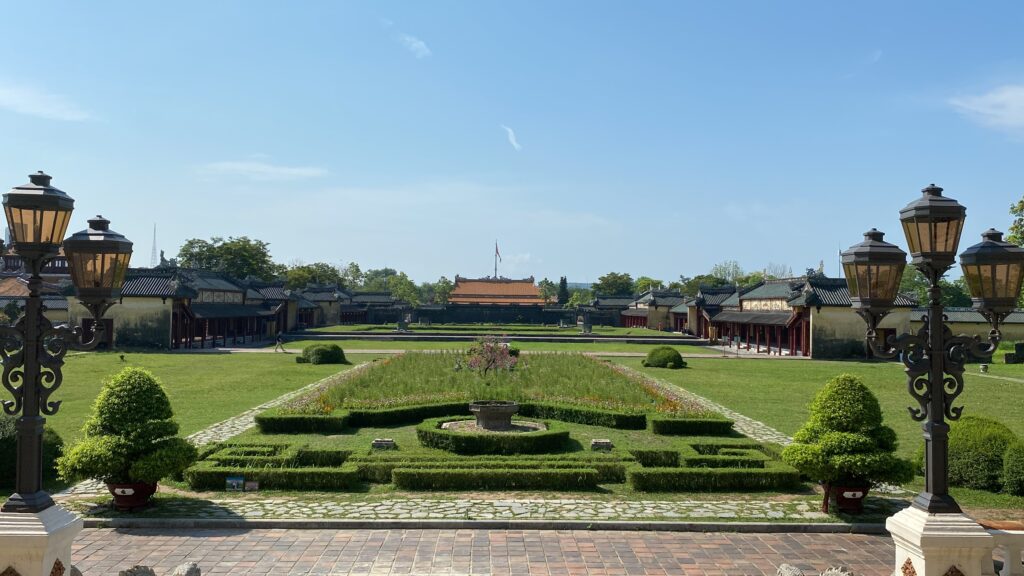
Photo: TITC
A walk-through harmony and reverence
Entering the inner grounds, visitors find themselves immersed in a serene landscape with shaded pathways leading to worship halls. The Main Sanctuary is arranged along the “thần đạo” axis, a defining principle of Hue’s palace planning, emphasizing order, symmetry, and harmony. The wooden pillars of precious ironwood, gilded altarpieces, and lacquered calligraphy panels all contribute to the solemn and majestic atmosphere.
At the heart of the complex rests the tomb of Le Van Duyet, built with laterite stone and marked by a stele inscribed with his contributions. Though modest in form, the tomb conveys profound respect from the Southern people for the general who secured peace and stability in the region during the early 19th century.
Where royal and folk traditions meet
What sets Lang Ong Ba Chieu apart is the way it bridges imperial Hue architecture with the living folk culture of Southern Vietnam. While its structures reflect royal aesthetics, the site is not closed off like a palace; it has always been open to local people. Every year, on the 29th day of the eighth lunar month, thousands gather here for the death anniversary of Duc Thuong Cong (Le Van Duyet). The festival is a vibrant cultural event, blending solemn rituals with community gatherings, honoring both history and spirituality.
A heritage gem in modern Ho Chi Minh City
In today’s dynamic city, Lang Ong Ba Chieu stands as a silent witness to history, preserving the memory of a golden era in the South. For locals, it is not only a heritage monument but also a cultural and spiritual space, where gratitude and respect for ancestors are expressed through offerings, prayers, and festivals. For visitors, it offers a rare opportunity to step away from the fast-paced urban life and connect with a piece of the imperial past.
Strolling through the grounds, one can sense how carefully each architectural element was designed, from the curving tiled roofs and dragon motifs to the symbolic symmetry of the layout. This harmony reflects the values of Confucian order, Buddhist spirituality, and Vietnamese aesthetics, all converging in a single sacred place.
An essential stop for cultural explorers
For those exploring Ho Chi Minh City, a visit to Lang Ong Ba Chieu is an invitation to slow down and reflect. Here, the quiet of shaded courtyards contrasts with the bustling streets outside, and the whisper of the past blends with the rhythm of the present. It is a space where imperial Hue’s architectural essence is preserved in the South, reminding every visitor of Vietnam’s cultural continuity.
Lang Ong Ba Chieu is more than a mausoleum – it is a living heritage, a bridge between past and present, royalty and common folk, reverence and daily life. Amid the vibrant modernity of Saigon, this site continues to embody the soul of Vietnamese tradition.
Tourism Information Technology Center

